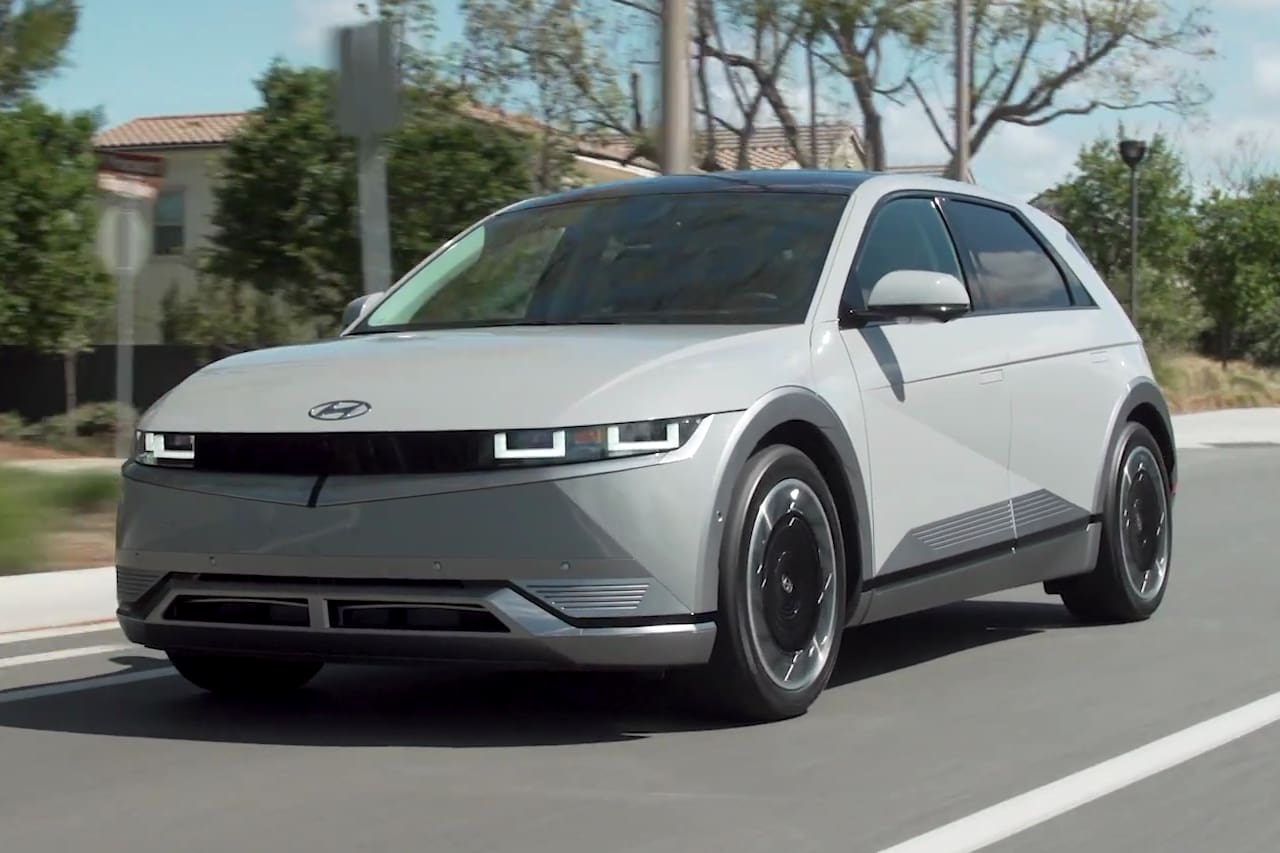The point of this thread is to examine how a Tesla can be used in a practical manner to run a home fridge, home freezer, camping fridge and other comparable devices that tend to draw fairly low, semi-continuous power.
Summary of terms:
Watt is a unit of power. A kilowatt is 1000 Watts.
Kilowatt hour (kWh) is a unit of energy. A long-range model 3 battery holds about 75 kWh.
A home fridge uses about 1 kWh per day or about 1 to 2% of the capacity of a Tesla battery. (It does that by being “on” about 50% of the time and drawing 80 Watts when on, roughly.) A camping fridge such as the Dometic DZ65DZ uses about half that much energy per day. They key to running any refrigerator or cooler using energy from your Tesla battery is an intermediate battery in my opinion. The battery in your frunk is not well-suited to this task (too small). An additional 12 volt lead-acid battery is an option, however, a better and more practical choice is a lithium-ion battery system such as a Goal Zero Yeti, a Jackery or an Eco-Flow, to mention a few. These provide a useful buffer and can improve efficiency considerably in some scenarios. For brevity, I will call these “jacket batteries”: they include a battery made with cells like those in your Tesla, as well as built in inverters and converters that can supply 110 volt, 12 volt and 5 volt power fro your use. Let’s examine some specific scenarios here.
Scenario 1. Using a Jackery 1000 to run your home fridge and freezer: A Jackery 1000 can run your home fridge and freezer. It can handle to starting surges; it works fine and it is small, quiet and lightweight. (I am sure the Goal Zero, EcoFlow and other would work as well.) About 8 or 10 hours into a power outage you will need to charge your “jacket battery”. Here is where things get less than ideal. You can plug it into the 12 volt port in your Tesla and put the car in camp mode, however, the Jackery charges slowly (at about 100 Watts) and the overhead associated with keeping your car in camp mode is about 300 to 400 Watts, so this is extremely inefficient. Charging more rapidly is possible, but may involve tapping into power intended for your stereo system speakers. Maybe people would like to discuss this below? Overall, this is doable and helpful for shorter power outages, but tends to be inefficient in the long run due to the slow charging speeds of the jacket batteries. Efficiency could be improved by finding faster ways to charge jacket batteries and figuring out camping or dog modes with the least overhead. Suggestions are welcome!
Scenario 2. Using a small jacket battery as an interface to a portable Dometic fridge for travel or camping. Traveling with a Dometic fridge in a Tesla is fairly common. A small jacket battery can really improve the efficiency and practicality of this. I use a Jackery 250 (0.25 kWh capacity), which is small, light-weight and quiet, to run a Dometic 65DZ. While driving one can either charge the Jackery or run the Dometic fridge directly from the 12 volt power of your Tesla. When you are not driving, you won’t need to use camp mode because the jacket battery can run your fridge for up to about 24 hours. You could go with a 0.5 kWh battery if you want more power. These cost roughly $1 per Watt-hour, that is, about $250 for the smaller battery, $500 for the 0.5 kWh one. Overall, this works great and is a big improvement, in my opinion, in terms of not having to keep your car in camp mode overnight and some other machination when you are not driving.
Scenario 1, running a home fridge, is limited by charging speed issues. These could be less of an issue with the CyberTruck, which will presumably have 110 volt outlets capable of about 1500 Watts which are active in camp mode. This would enable charging a 1 kWh jacket battery in an hour or so, which would be much more efficient. However, I don’t see any fundamental reason why a Tesla sedan cannot, in principle, be used to fast-charge a jacket battery. This would involve developing a practical way to tap into a roughly a 1000 Watt source on the Tesla, as well as developing a fast charger for a jacket battery. Suggestions are welcome and encouraged. I am hoping to develop a compendium of practical ideas for use of Tesla car energy for refrigeration during power outages and while traveling. (Yes, I do realize this is not the first thread on this topic and I would like to acknowledge that I have learned a lot from reading other threads on this topic.)

teslamotorsclub.com




